Speaking of weight loss, these years have really been a mess, men, women and children seem to have become a motto of weight loss, the world has set off a wave of national weight loss. Indeed, weight loss has many benefits for us. Apart from improving mental outlook to a certain extent, it also has a good preventive effect on various diseases. Not only is it human, but also for automobiles. With the increasing demand for energy-saving and emission-reduction, the “lightweight†of automobiles has become a mysterious force that cannot be ignored in recent years.

Why does car lightweighting mean mysterious power? This is because although everyone mentions the word, you know a little about it. However, in the end, what is lightweight and how to make it lighter seems to remain a mystery in the hearts of many people.
How to define lightweighting:
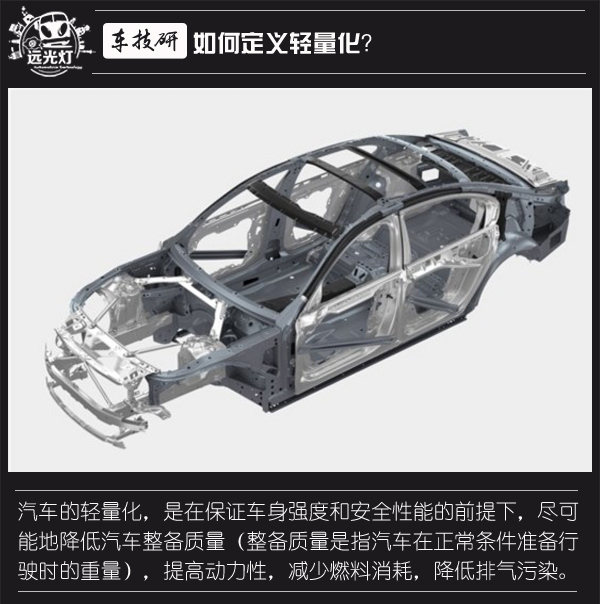
The lightweight of a car is to reduce the car's curb weight as much as possible under the premise of ensuring the strength and safety performance of the car (the curb weight refers to the weight of the car when it is ready to drive under normal conditions), thereby improving the car's dynamic performance and reducing fuel consumption. , reduce exhaust pollution.
Lightweight applications:
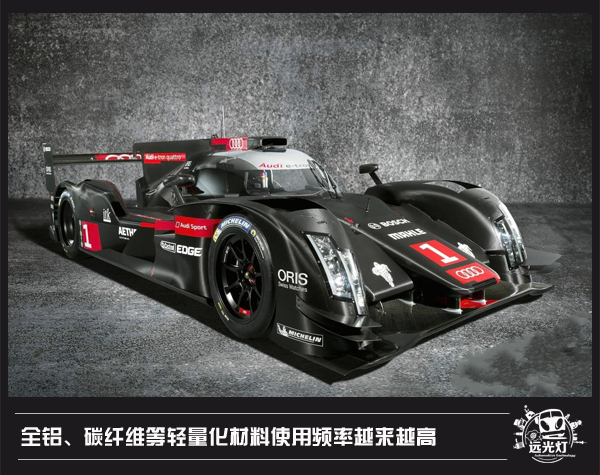
1. The body uses lightweight materials. In recent years, more and more mid-to-high-end models have begun to adopt aluminum-alloyed bodies and supercar-ridden carbon fiber bodies. According to the latest news, Japanese scientists have developed wooden fiber bodies, no matter how high practicality is. But it really feels like a child!
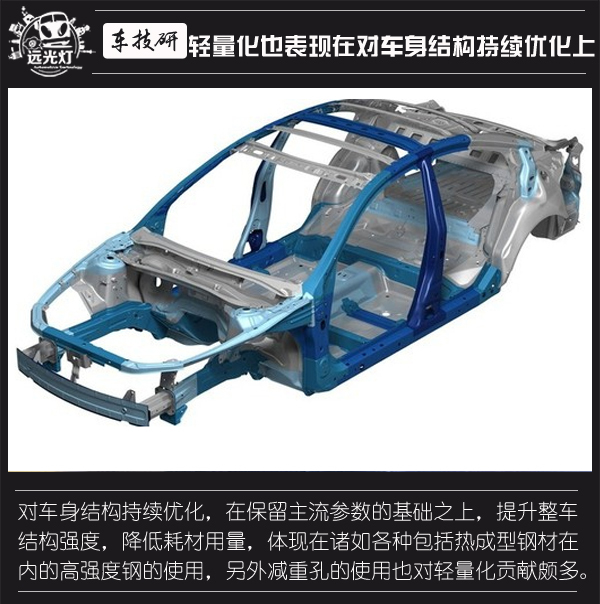
2. Continuous optimization of the body structure, on the basis of retaining the main parameters, improving the structural strength of the entire vehicle, reducing the amount of consumables, reflected in the use of high-strength steels such as various hot-formed steels, in addition to the weight reduction hole Use also contributes a lot to lightweighting.
3. Use a computer for structural design. With the continuous improvement of the level of automotive design, such as CAE simulation design, the overall structure of the car body is more optimized, the mechanical transmission characteristics are more reasonable, and structural changes can effectively improve the strength and rigidity of the vehicle body;
Lightweight also has drawbacks?
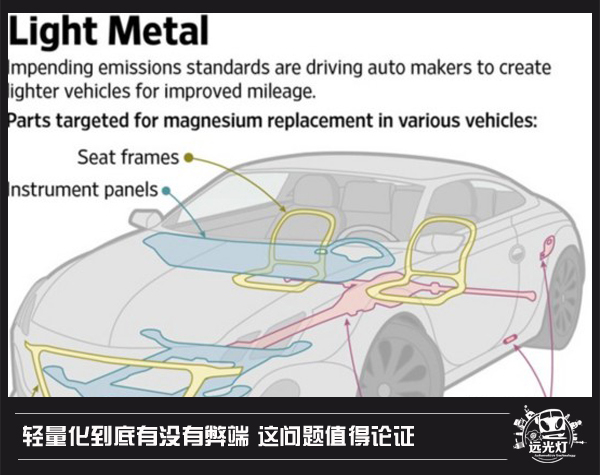
In the face of potential accidents and potential threats, lighter vehicles can be circumvented with better acceleration, braking, and handling capabilities, but heavier vehicles will have a slight advantage when inevitable collisions occur. In the prevailing situation of contemporary models, the heavier vehicle bodies have a higher general vehicle class and a larger vehicle size, providing a larger area for crash cushioning.
The lighter the car, the less secure it is?

It seems reasonable to say so, of course, the collision of high-quality cars is certainly more dominant. However, we must not forget the above arguments, that is, under the same conditions, the higher the general vehicle body weight, the changes brought about by the body size and quality can not be ignored.
Speaking of this, I also think of a more classic case, in which the brick family in foreign countries carried out three correlation analyses on car weight and safety in 1997, 2003, and 2004 respectively. The study conducted a logistic regression analysis of the accident rate and casualty rate of historical vehicles, and finally reached the following conclusion: If a car loses 100 pounds, it will cause an additional 1,000 deaths a year. Is that really the case?
Of course not, this argument has not been considered based on the differences in the structure of the vehicle. There is no grading and verification based on size and weight. Imagine the collision between mini-vehicles and China-Pakistan, and the consequences are naturally conceivable.
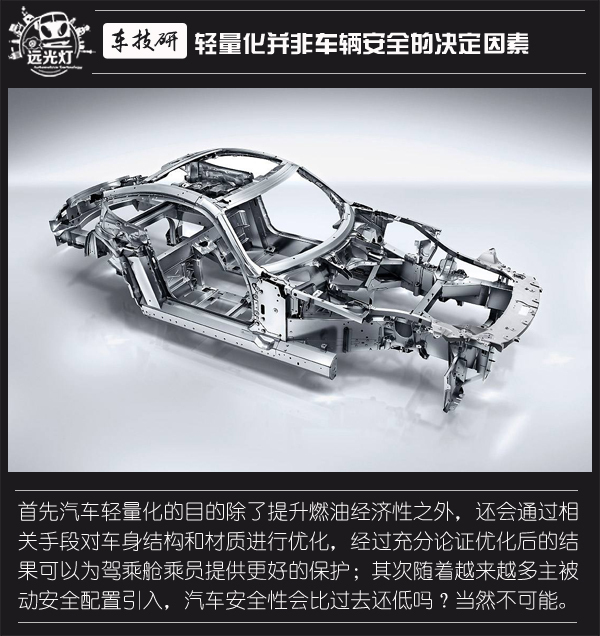
Therefore, aiming at the arguments of the above-mentioned brick homes, two different opinions are proposed. First, in addition to improving fuel economy, the purpose of vehicle weight reduction is to optimize the structure and material of the car body through relevant means. After fully demonstrating the optimized results, it can naturally Provide better protection for cabin crew; secondly, with the introduction of more and more active and passive safety configurations, will the safety performance of the car be lower than in the past? Of course impossible.

The horizontal axis represents the weight of the vehicle, and the vertical axis represents the risk factor (ie, the accidental death rate per million vehicles per year). Secondly, by analyzing the risk factors of different types of vehicles, it is found that the feeling of safety is not as safe as it should be.
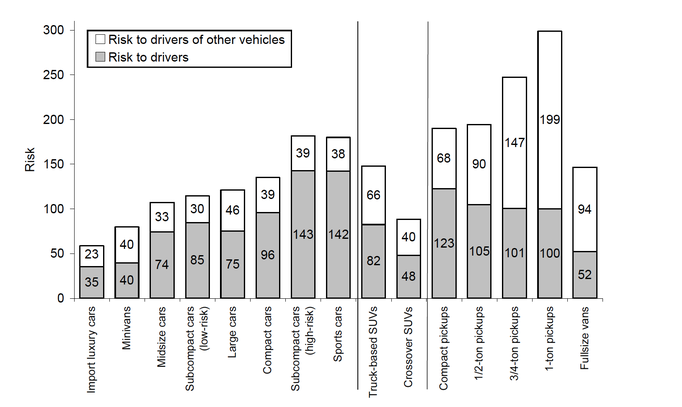
The vertical axis is the risk factor, and the horizontal axis is the form of the vehicle body, where gray is the risk to the driver himself and white is the risk to the driver of the other vehicle. You can see that the one-ton pickup truck on the second right has the highest total risk factor. .
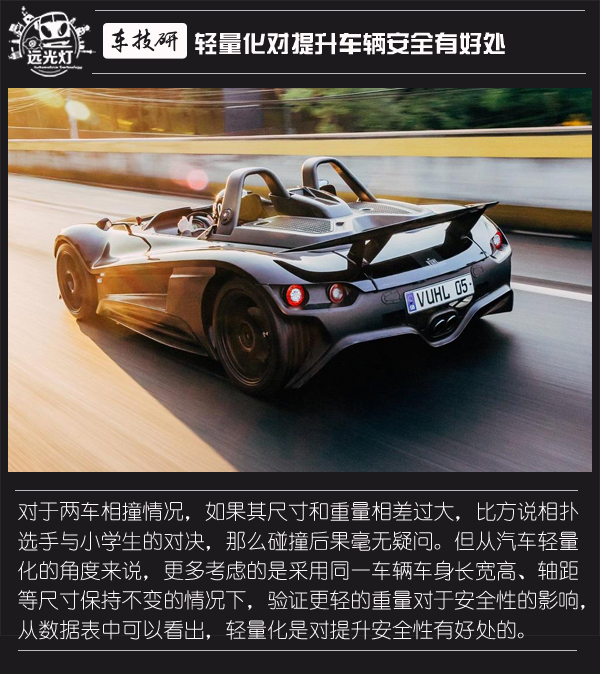
It can be seen that for the collision of two vehicles, if the size and weight of the two vehicles differ too much, say, sumo wrestlers and primary school students, then the consequences of the collision should be no doubt. However, from the viewpoint of vehicle weight reduction, more consideration is given to the use of the same vehicle body length and width, wheelbase and other dimensions remain unchanged, to verify the impact of lighter weight on the safety, from the data sheet can be It can be seen that lightweighting is good for improving safety.
To sum up, the decisive factor for the safety of the car is the frame structure of the vehicle. If it is not mandatory to pay for the safety of the entire vehicle, my answer is no!
Drying Machine,Hot Air Drying Oven,Food Drying Cabinet,Hot Air Circulating Oven,Tray Type Dryer
Changzhou ErBang Drying Equipment Co., Ltd. , https://www.hywellmachinery.com